NCAA photoshoot ban creates new challenges for creatives
NCAA photoshoot ban creates new challenges for creatives
As the NCAA implements a rule banning photoshoots on unofficial visits of prospective student-athletes, college staffers will have to get creative.
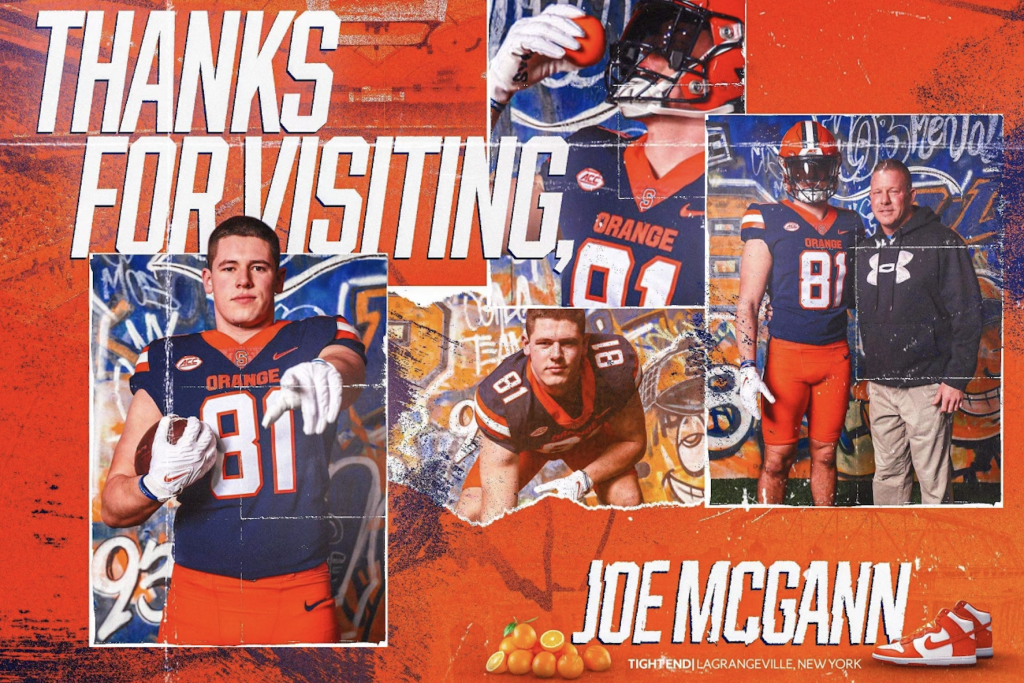
On March 1, the NCAA officially implemented a rule banning photoshoots on unofficial visits of prospective student-athletes. This rule change can alter the college recruiting landscape and how colleges convince prospective student-athletes to enroll in the school.
Schools use their sports creative departments to create unique ideas that grab the attention of these high school students. Without access to photos, college staffers will have to get creative to catch the eyes of parents and students.
According to NCSA Sports, the crucial difference between official and unofficial visits is payment and number of visits. Schools are not allowed to pay for the expenses of the trip on an unofficial visit. The student or their parents must pay for transportation, food and any other expense, which is otherwise covered by the school on official visits. Additionally, athletes are limited to one official visit per school. For unofficial visits, students can visit schools as many times as they would like.
While this ruling will affect all Division I sports, its biggest impact will be felt in football recruiting. Each D-I program has upwards of 100 players on an active roster, with 85 of them able to be on a scholarship at one time.
With hundreds of prospects coming to visit, schools do their best to stand out and grab the attention of recruits through its creative department.
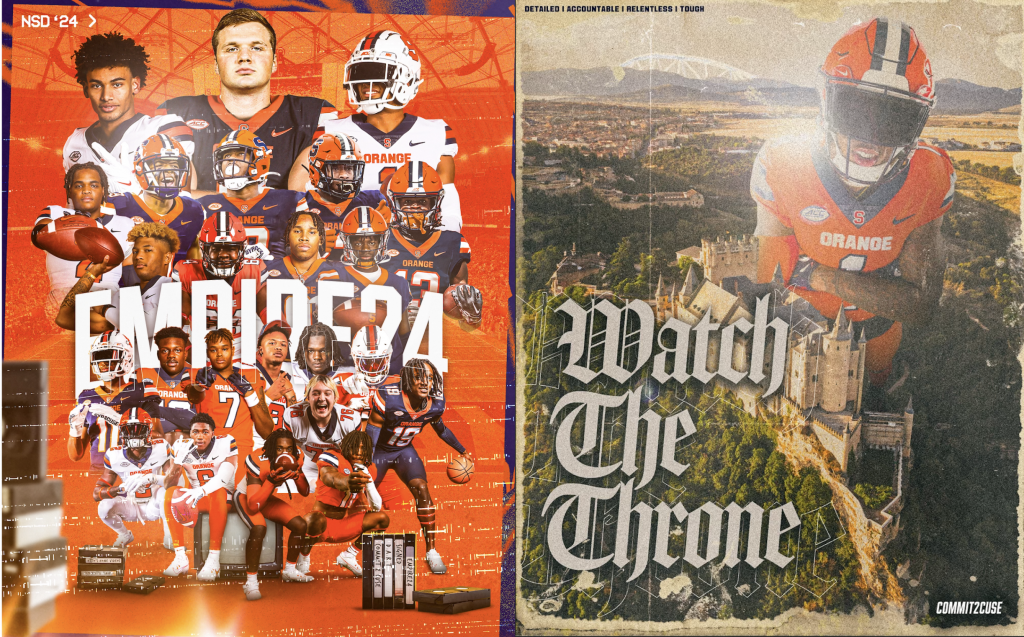
Creating unique ways to recruit gives opportunities for sports creatives like Zachery Kelly, assistant director of creative design for Ohio State University athletics.
“The main reason I was hired was for recruiting designs and photoshoots,” Kelly said.
Kelly believes the biggest impact of the rule change will be an increase in graphic design usage in recruiting.
“Things are gonna be a lot more graphics-based, without the photoshoots,” he said.
In addition, this rule will cut down the amount of unofficial visits colleges see, as some students value photoshoots over visiting school facilities.
“We’re gonna see who really wants to be here, that’s gonna weed out a lot of people,” Kelly said. “You can tell when somebody is there for a photoshoot only, and you can tell the people who really want to be there.”
While Kelly has spent years working his way to the top, Syracuse University football creative intern Kevin McGurn is just getting started in the space.
McGurn is a sophomore at Syracuse and began his work with the football program in fall of 2023. While he is not paid for this internship, McGurn believes that with the right motivation and skillset, pay is unimportant to creativity.
“I think it depends from team to team. I don’t think budget has a lot to do with it,” McGurn said. “If you have a really good creative on a Division III squad, you’re gonna get a better photo than a poor creative at a big school like Michigan or Georgia.”
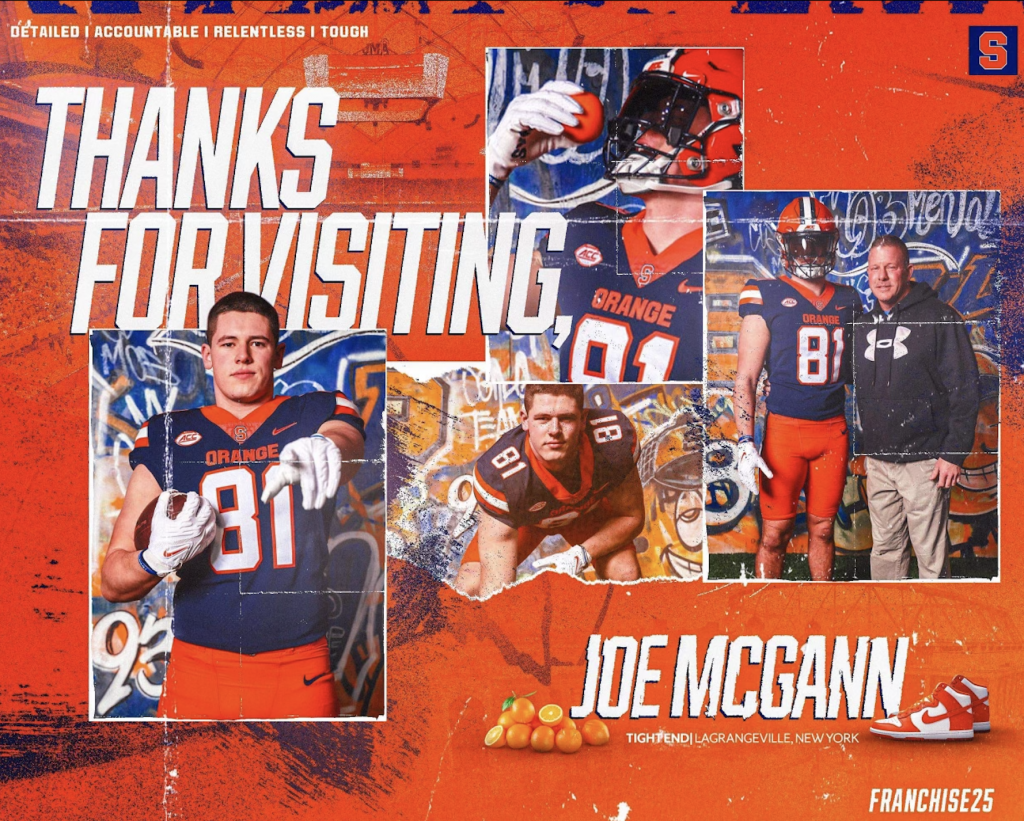
Denver Broncos digital designer Parker Albin is now on the outside looking in, but he believes there will be an unrealistic amount of stress put on college creative departments.
Albin used to be a student graphic designer at Colorado State University and is preparing for the worst in terms of staff expectations.
“Coaches are going to want full-on jersey swaps and we’re going to have to figure out ways to do that super efficiently,” Albin said. “Doing one for like 100 kids a week is probably exhausting. I don’t know how that’s going to be sustainable.”
He added that a lot of this work falls on the shoulders of college athletics interns, who are usually unpaid.
Jersey swaps are exactly what they sound like: when a graphic designer changes an athlete’s jersey. To make the swap realistic, designers can take a long time working on details to perfect their design.
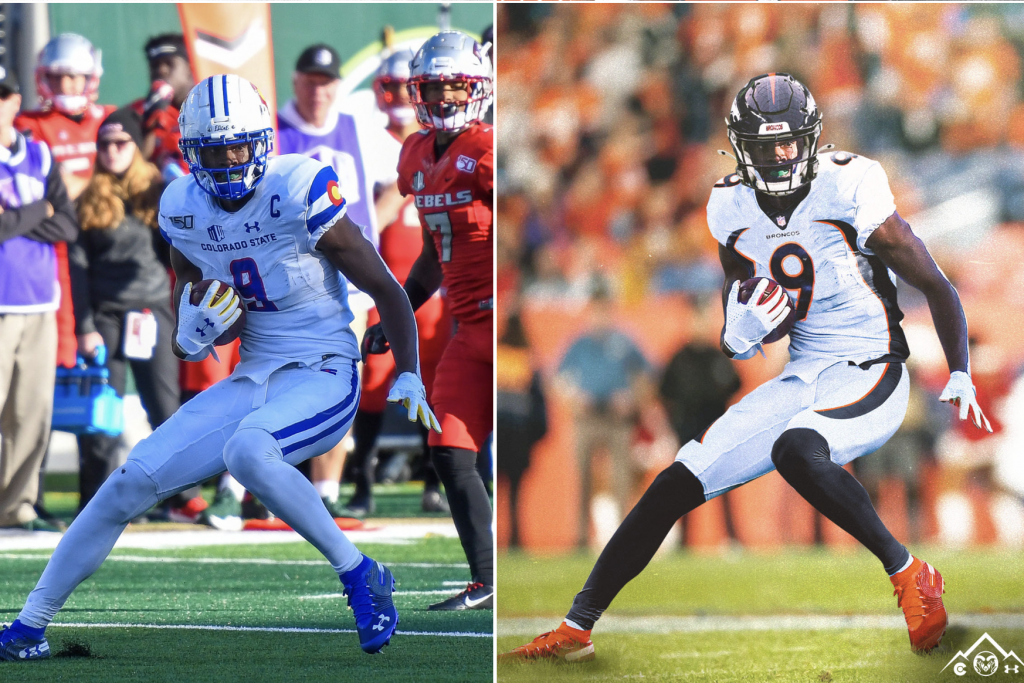
McGurn compared the time commitment of swapping jerseys versus doing a photoshoot.
“I know a lot of people that automatically edit all of their photos in one click. So obviously, that’s a lot easier than a jersey swap,” McGurn said. “When I did a jersey swap over winter break, it took me an entire day to find the right pieces…It’s a bit of a pain for sure.”
With more reliance on graphic designers, larger schools with higher budgets for creative employees will be better set to compete than smaller schools like Colorado State, Albin said.
“There’s usually one, maybe two unpaid interns doing these edits (jersey swaps),” he added. “At big schools like Alabama or Ohio State, they probably have the money to hire outside workers to help them or pay their full-time workers. So it’ll just be a lot of work and pressure on this one guy.”
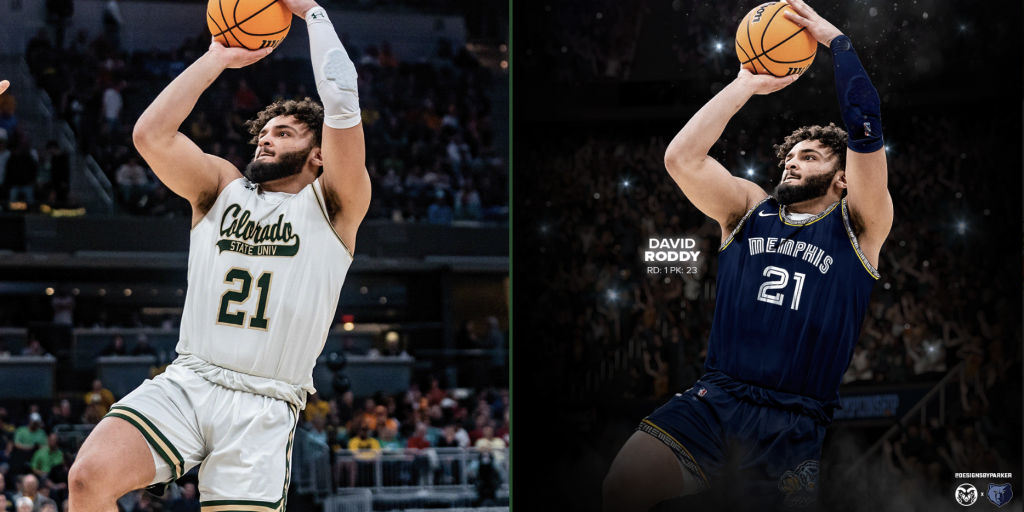
All the discussion is focused on the student-athletes and trying to do what they want to recruit them to your school. The strategy depends on the player, so creative concepts can evolve as the rules and players’ wants evolve.
“It’s up to you as a designer to have the high school kid super excited to commit,” Albin added.
McGurn spoke about what it was like to cover an afternoon when many students had committed to Syracuse.
“It was very hands-on. The coaches took a more personable approach and then we reflected that in the creative team,” he said.
Kelly knows he must adapt to the rules but thinks the change won’t last.
“I think the rule will revert back after a couple of years, if not immediately. I think there will be a lot of complaints, mostly from parents. The parents love photos of their kids,” Kelly said.
With the rule implemented, it remains to be seen if any red flags are raised when the rule takes effect.
